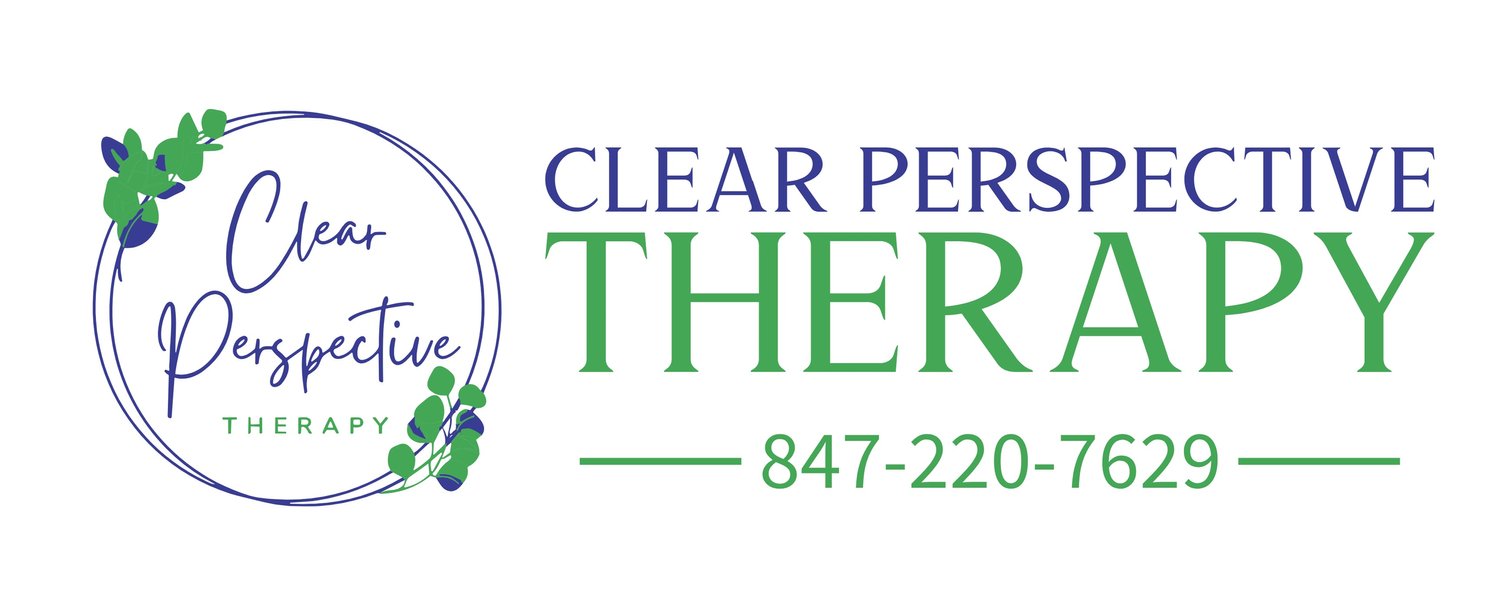Girls Interrupted: A Dive into Undiagnosed Autism
Neurodivergence or Neurodiversity, is an umbrella term that means the brain functions differently than typical peers. Examples of neurodivergence include, but are not limited to: Autism, ADHD, Learning disabilities and Trauma. Neurodivergence affects 15-20% of the US population (cdc.gov), so there is a good chance you or someone you know has this spectacular kind of brain.
Ok so what is Neurodiversity really? Neurodiversity is super cool because it is a reminder that although all brains are different and function differently, the neurodivergent brain is no less incredible or valuable than that of typically developed brains. In fact, people with neurodivergent brains can accomplish some extremely incredible things (Here’s looking at you Mozart, Einstein and Justin Bieber).
I love thinking about neurodiversity. I also love thinking about Justin Bieber, but that’s not the point of the article.
Brains are the hub of it all. The brain controls our automated actions like breathing, sleeping, and being awake. It is the master of the logic or thinking brain (that’s where the math goes), and the feelings part of the brain that controls the fight, flight or freeze response. They all work together to allow us to function in our bodies and in the world.
Neurodivergent brains can mean we communicate differently (expanded or limited vocabulary and language). We can experience sensory stimuli more or less than others (brightness, sound, scratchy clothes). We can consider different aspects of a problem others may not see (Temple Grandin and the humane cow slaughter machines). And we can create fantastical works of art in music, film, sketches, painting, architecture, science, comedy, and so on.
Okay so what about biological girls and Autism?
Autism is more often recognized in biological boys and men, than girls and women. To put it plainly, throughout all my years of practice working with kids, the boys typically tend to stand out more behaviorally and therefore are noticed more quickly in home and school settings.
Research has shown that girls present so much differently than boys with ASD. It is suggested that girls are more likely to engage in eye contact, assimilate to vocalizations and mannerisms of their peers, and seemingly have better control their apparent focus and even the ability to remain still when needed. This skill has been referred to as ‘masking.’ Like a chameleon, mssking is like someone who is good at blending into their surroundings and can become undetectable by the casual gaze. Kind of like me at a Justin Bieber concert surrounded by people half my age. There is almost always a “tell” to the trained eye (I know, it’s my side part).
All silliness aside, our girls need us to pay attention. When it comes to Autism, biological girls don’t always fit the criteria:
Deficits in social-emotional reciprocity (back and forth conversations, sharing of interests, failure to initiate or respond to social cues).
Difficulty recognizing facial expressions and nonverbal communication.
Difficulty sharing imagination and collaborative play." (Autismspeaks.com)
Girls with Autism present differently. According to verywell.com, they may: "
Rely on other children to guide and speak for her during the school day.
Have passionate but limited interests. The list of things that interest her is very narrow and restricted. For example, an autistic child may talk endlessly about a TV show’s characters, locations, props, or actors, but know little or nothing about the show itself (e.g., the plot).
Have conversations that are limited to her topics of interest. She may share her focus on a specific interest with you but cares little for another person’s response. This may interfere with her ability to join groups or make friends.
Be unusually sensitive to sensory challenges such as loud noises, bright lights, and strong smells (a symptom that’s as common in many autistic people regardless of sex).
Have a low frustration level and find it hard to manage feelings when she is frustrated. She may have inappropriate “tantrums” for her age—which are really autistic meltdowns. The behavior can become disruptive at school, and may lead to detentions or even suspension.
Have depression, anxiety, or other mental health symptoms. Autistic people of all ages often have co-occurring mental health conditions, including obsessive-compulsive disorder (OCD) and eating disorders. (https://www.verywellhealth.com/signs-of-autism-in-girls-260304)
Girls may also be considered ‘spacy,’ but labeled as a “dreamer.” She can be seen as passive, yet underneath she has a hard time with processing and regulating emotions when overstimulated or dysregulated.
Due to the limited scope of Autistic traits in the DSM, psychologists typically do not diagnose girls with Autism until they are nearing their middle school years. This is likely because socialization thar starts out similar with others appears to grow more difficult with time and therefore demonstrates a larger deficit in same age peer interacrion. Neuropsychological exams can be pricey and are often not covered by insurance. In this case, you may not receive an accurate diagnosis at a young age if Autism is suspected.
That said, if you suspect your little one has a neurodivergent brain, get yourself a therapist who is knowledgeable and curious about Autism and Girls. Through observation and discussion, they can identify the social emotional and communication deficits, provide interventions tailored to your child’s specific needs, and provide early intervention until the world and/or diagnostic criteria catches up.
The neurodivergent brain is incredible and should be celebrated. We can do this by understanding the amazing complexity, nurturing the hidden or not-so-hidden talents, and building positive self confidence. Early intervention is always the best strategy at giving our girls (boys and non-binary kids) the tools to be successful in an ever changing world.
